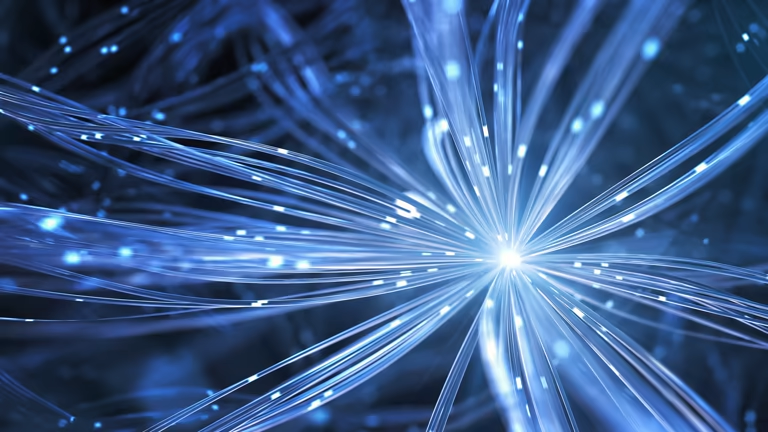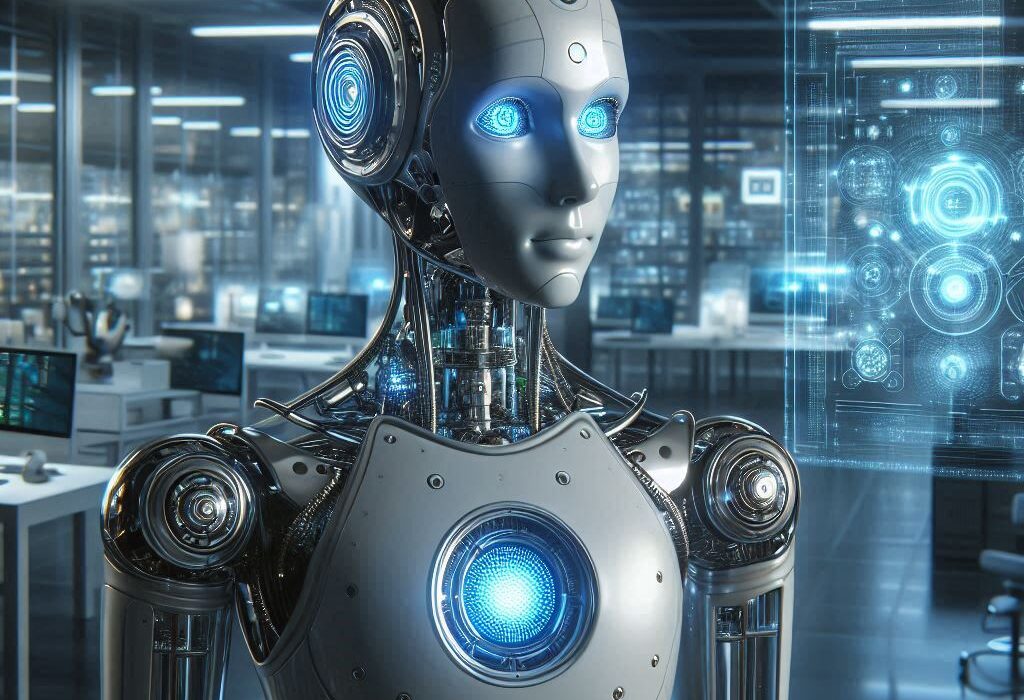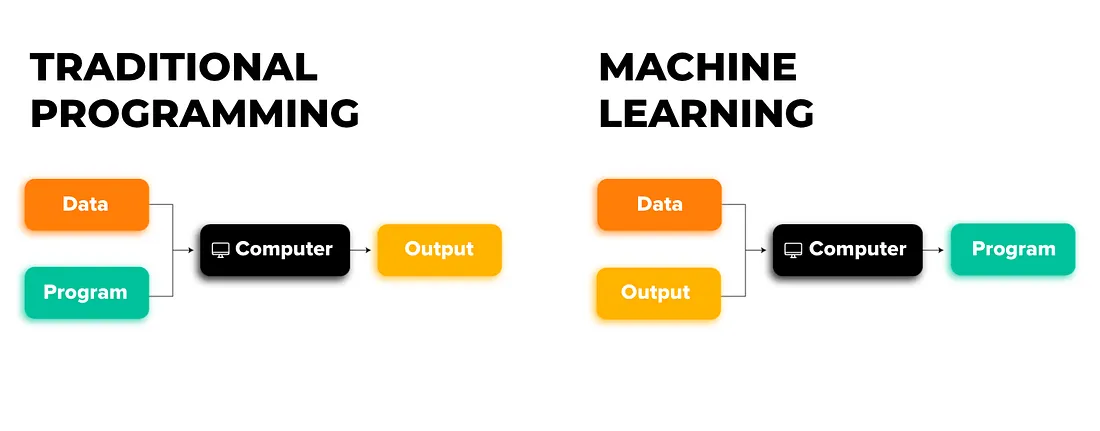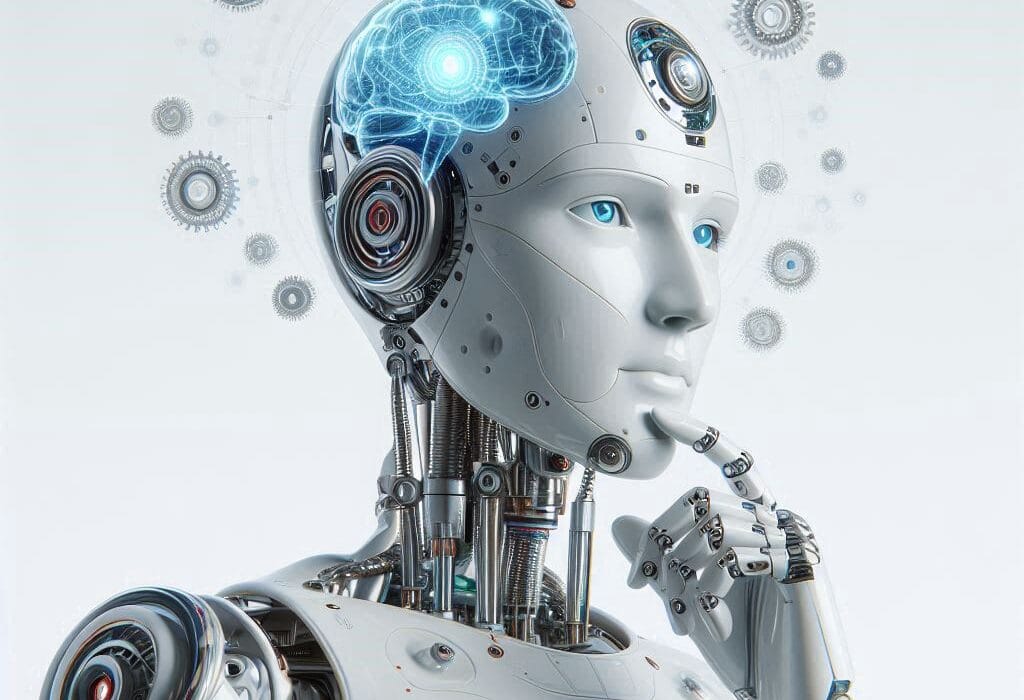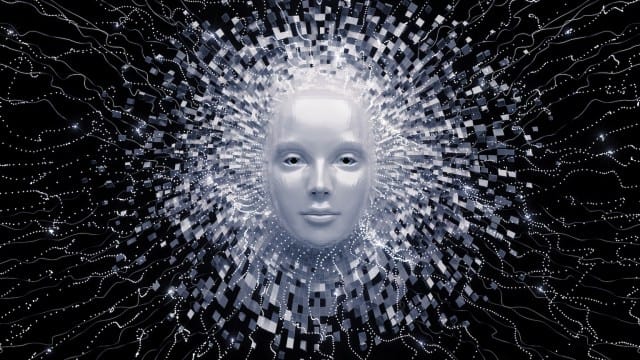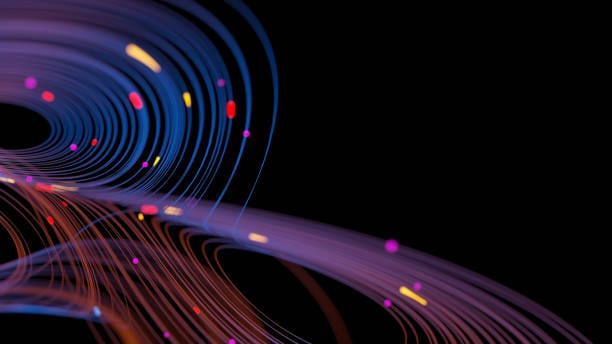In the early days of artificial intelligence, teaching a machine to do something meant starting from scratch. If you wanted a model to recognize cats in images, you trained it from the ground up on thousands—if not millions—of pictures of cats. If you wanted it to recognize cars, you started over, feeding it an entirely new dataset. Each task was like raising a child who had never seen the world before: patient instruction, endless repetition, and no memory of anything learned before.
But human learning isn’t like that. A child who has learned to recognize a cat doesn’t start from zero when learning to recognize a tiger. They carry forward knowledge: the idea of fur, whiskers, four legs, certain ear shapes. They adapt what they know to the new problem. This is transfer learning in its purest form — the reuse of knowledge gained in one setting to accelerate learning in another.
In the realm of machine learning, transfer learning marks a turning point. It’s a method that allows us to take a model trained on one task and adapt it to another, reducing the need for vast amounts of new data and computational resources. More importantly, it allows AI to inch closer to the flexibility and adaptability of human intelligence.
The Human Analogy
Imagine you’ve learned to play the guitar. When you pick up a violin for the first time, you’re not starting from zero. Your fingers already understand the concept of strings, your ear knows how to detect pitch, and your mind knows what it feels like to coordinate both hands to produce sound. While the violin is a new challenge, the foundation you built with the guitar makes the process faster and easier.
This is the intuition behind transfer learning. The model learns something from a large, possibly general dataset, and then reuses that knowledge to tackle a different — often more specific — problem.
The beauty of transfer learning is that it captures a truth about intelligence itself: knowledge is not bound to a single context. What we learn here can help us there.
Roots in Cognitive Science and AI History
While the term transfer learning is a product of the machine learning era, the concept has roots in cognitive psychology. Educational researchers have long studied “transfer of learning” — the degree to which knowledge acquired in one context helps in another. The problem is as old as formal education: can a student who learns mathematical problem-solving apply it to physics? Can someone who learns chess strategy apply it to military planning?
In AI, early experiments in transfer learning appeared in the 1990s and early 2000s, often in reinforcement learning. The idea was to let agents trained in one environment adapt to similar but not identical environments. But it wasn’t until the rise of deep learning in the 2010s that transfer learning truly began to shine.
The reason was simple: deep neural networks, with millions or billions of parameters, require massive amounts of data to train from scratch. For most tasks, that’s impractical. Researchers began to notice that the early layers of these networks learned very general features — edges, shapes, basic patterns — that were useful across many vision or language tasks. If those layers could be reused, training could start halfway up the mountain instead of at the base.
How Transfer Learning Works in Practice
At its core, transfer learning in machine learning means starting with a model that has already been trained on a large “source” dataset and adapting it to a smaller “target” dataset. The process is less about throwing away what’s been learned and more about fine-tuning the learned patterns to fit the new task.
Consider an image recognition model like those trained on ImageNet, a dataset containing over 14 million labeled images across 1,000 categories. The model learns to recognize not just cats and dogs, but thousands of objects, textures, and patterns. If you want to create a model that identifies specific bird species — a much narrower task — you can start with the ImageNet-trained model and fine-tune it on a relatively small set of bird images.
The earliest layers of the model, which detect basic shapes and textures, stay mostly the same. The later layers, which are more task-specific, get retrained for your problem. The result is a model that performs well even with limited new data, and one that trains in hours or days rather than weeks.
Feature Extraction and Fine-Tuning
There are two main ways transfer learning is applied: feature extraction and fine-tuning.
In feature extraction, the pre-trained model acts as a fixed feature detector. You feed your new data through it, strip off the final classification layers, and use the output as features for your own classifier. The pre-trained model’s parameters remain frozen; you’re essentially reusing its vision or language understanding as a service.
In fine-tuning, you go further: you not only replace the final layers but also retrain some or all of the earlier layers, usually with a lower learning rate to avoid destroying the useful representations the model has already learned. Fine-tuning can produce better results when the new task is substantially different from the original, but it requires more care to avoid overfitting.
Transfer Learning Across Modalities
While the most famous examples of transfer learning come from computer vision and natural language processing (NLP), the concept is far broader. In vision, convolutional neural networks trained on massive datasets are repurposed for tasks from medical imaging to satellite photo analysis. In NLP, models like BERT, GPT, and T5 are pre-trained on huge text corpora and then fine-tuned for everything from sentiment analysis to question answering.
But transfer learning also extends into speech recognition, reinforcement learning, and even multi-modal AI that bridges text, images, and audio. A model trained to understand images can help another model learn how to generate captions for them. Knowledge flows not just across tasks but across forms of data.
Why Transfer Learning Works
To understand why transfer learning works, we have to look at the nature of deep learning itself. Neural networks don’t memorize every possible example; they learn representations — compressed, abstract patterns that capture the essence of the data.
The first layers in a vision model might detect edges and simple shapes. The next layers combine those into motifs like eyes, wheels, or leaves. The final layers combine motifs into high-level concepts like “cat” or “car.” The early and middle layers are often general-purpose: the features they detect appear in many contexts. That generality is what makes transfer possible.
Similarly, in NLP, the early layers of a transformer model learn the statistical relationships between words, phrases, and syntax — knowledge that is useful whether you’re doing translation, summarization, or sentiment detection.
The Emotional Side of Transfer
There’s something deeply human about the idea of transfer learning. It mirrors the way our own growth works. A lifetime of small experiences builds a reservoir of patterns and principles we apply to each new challenge. The carpenter learns patience from wood, the musician learns discipline from the instrument, the scientist learns perseverance from failed experiments.
Machines, through transfer learning, are taking their first steps toward that same adaptability. It’s a reminder that intelligence is not about memorizing isolated facts but about weaving knowledge into a network that can be reused and reshaped.
Challenges and Pitfalls
Transfer learning is powerful, but not without challenges. Sometimes knowledge from the source task can actually harm performance on the target task — a problem known as negative transfer. If the source and target domains are too different, the features learned in one may mislead the model in the other.
Another challenge is overfitting during fine-tuning, especially when the target dataset is small. If too many layers are retrained too aggressively, the model can lose the general representations it started with and collapse into memorizing the few new examples.
There are also practical concerns: large pre-trained models can be expensive to store and deploy. Ethical questions arise when the source data contains biases — those biases can be inherited and amplified in the target application.
The Revolution in Natural Language Processing
Nowhere has transfer learning made a greater impact than in NLP. Before the mid-2010s, NLP models were trained from scratch for each task, using handcrafted features. Then came the breakthrough: pre-training a large language model on a vast, unsupervised text corpus and fine-tuning it for specific tasks.
This approach exploded in popularity with models like ELMo (Embeddings from Language Models), BERT (Bidirectional Encoder Representations from Transformers), and eventually GPT models. Instead of building a new model for each task, you could start with a model that already understood the basics of language structure and meaning. Fine-tuning required far less labeled data and achieved state-of-the-art results across a wide range of benchmarks.
In effect, these models became language foundations — a shared base from which countless applications could be built.
Transfer Learning in the Real World
The impact of transfer learning is felt in countless industries. In healthcare, models pre-trained on general images are adapted to detect diseases from X-rays or MRIs, sometimes with accuracy rivalling human specialists. In environmental science, satellite imagery models are fine-tuned to monitor deforestation, track wildlife, or assess disaster damage.
In finance, pre-trained language models parse complex legal contracts or detect fraudulent transactions. In customer service, they power chatbots that understand and respond to natural language.
Each of these applications benefits from the fact that the heavy lifting of representation learning has already been done elsewhere. Transfer learning turns AI into a modular tool — one that can be shaped to fit the problem without rebuilding from scratch.
The Future: Toward Lifelong Learning
Transfer learning is a step toward something even more ambitious: lifelong learning, where a machine continuously builds on its experiences, adapting to new tasks without forgetting old ones. Humans excel at this; we don’t wipe our memory when facing a new challenge. AI, for now, still struggles with “catastrophic forgetting,” where learning something new erases old knowledge.
But researchers are exploring ways to make transfer learning more fluid, enabling models to adapt in real time, integrate knowledge from multiple domains, and preserve what they’ve learned along the way. In this vision, AI systems would grow over time, not just in size, but in depth — much like a human mind.
The Broader Meaning
Beyond its technical definition, transfer learning carries a metaphor for how progress happens in science, technology, and life itself. We stand on the shoulders of those who came before, using their discoveries to push further. Knowledge is cumulative, adaptable, and transferable.
Machines, for all their complexity, are now participating in this grand tradition. They learn from the past, adapt to the present, and prepare for the unknown future — just as we do.
